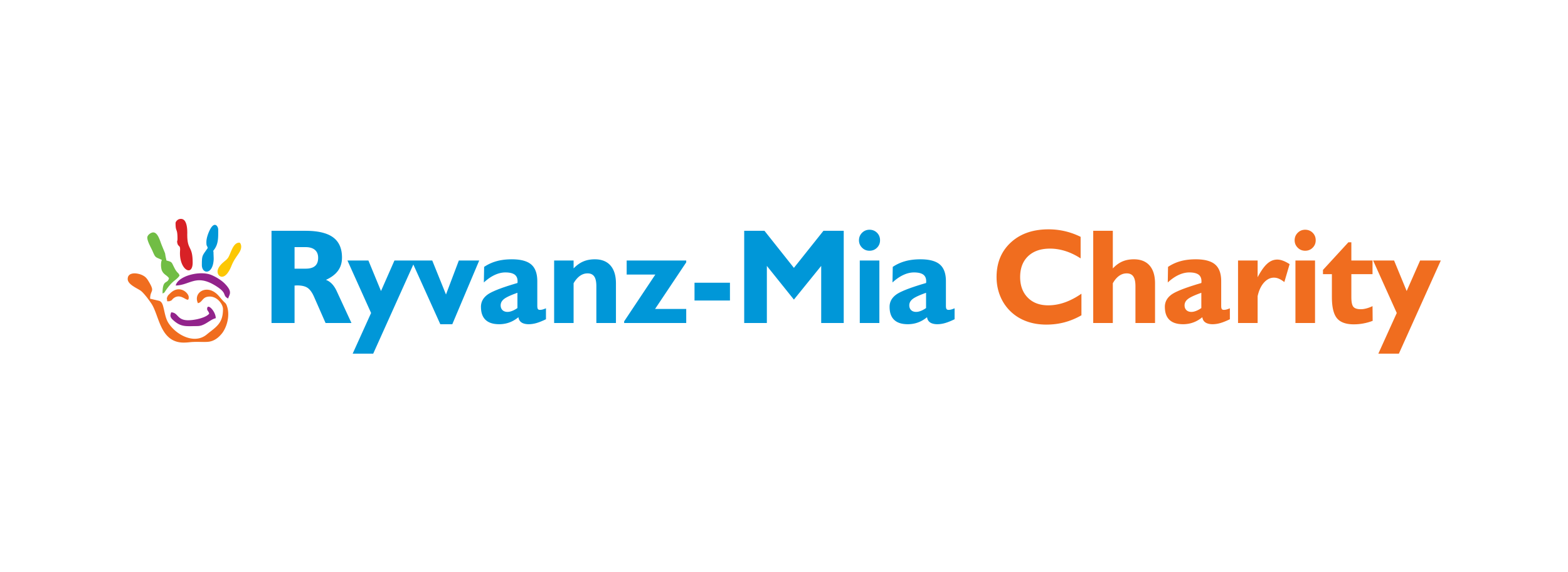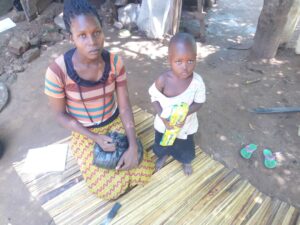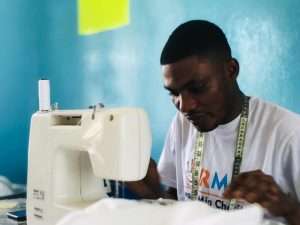Training Young Women To Make Re-Usable Sanitary Pads.
There is a lack of menstrual hygiene education and awareness in many parts of the world, which can seriously impact women’s and girls’ health and economic status. One way to address this issue is to provide training on making reusable sanitary pads. This helps improve menstrual hygiene and teaches valuable skills that can help improve the livelihoods of women and girls.
In Africa, many young women and girls do not have access to sanitary pads, leading to serious health problems. According to the World Bank, “one in ten African school girls skip school during their period because they lack proper sanitation facilities or pads.” This not only disrupts their education but can also have long-term health consequences. In addition, many African women and girls cannot afford to purchase sanitary pads, limiting their ability to participate in economic activities.
Why Is Training to Main Reusable Sanitary Pads Necessary?
The provision of training on making reusable sanitary pads can help address these issues. This type of training provides not only necessary menstrual hygiene education but also teaches valuable skills that can help improve the livelihoods of women and girls. For example, program participants can learn how to sew pads from cloth. This not only saves money but also helps to reduce the environmental impact of disposable sanitary pads.
In addition to the health and economic benefits, there are also social benefits to providing training on making reusable sanitary pads. When young women and girls have access to proper menstrual hygiene education and products, it can help break down the stigma around menstruation. This can increase empowerment and better health for these young women and girls.
Many women have only heard about non-reusable sanitary pads. This is because they are the most popular and commonly used pads globally. They are also the most affordable. However, there are many disadvantages to using them.
Many organizations provide training on how to make reusable sanitary pads. If you are interested in volunteering and want to donate or get involved, please click here to donate.
Reusable Sanitary Pads Are the Way to Go!
An alternative to disposable sanitary pads is reusable sanitary pads. These pads are made of cloth and can be washed and reused multiple times. This makes them more sustainable and environmentally friendly than disposable pads.
Reusable sanitary pads also come in various shapes, sizes, and colors. This means women can find the perfect place for their bodies and lifestyle.
Finally, reusable sanitary pads are often much cheaper than disposable pads. This is because they can be used over and over again.
Making reusable sanitary pads is a great way to help the environment and save money. At Ryvanz-Mia Charity, we help women in Africa through Namayingo United Women Group in Namayingo, Uganda become aware of the benefits of reusable sanitary pads and how to make them. We also provide training on the market and sell these pads to other women in their communities.
Why Are Non-Reusable/Disposable Sanitary Pads Not a Choice Among African Women?
There are several reasons why disposable sanitary pads are not a choice for many African women.
• Non-Affordable. The first reason is that disposable pads are not affordable for many women. For example, in Uganda, the average woman earns less than $2 per day, insufficient to afford disposable pads.
• Requires A Lot of Cleanliness. Additionally, disposable pads often require clean water and soap, which many African women cannot access.
• Non-Environment Friendly. Another reason why disposable pads are not a choice for many African women is that they are not environmentally friendly. Disposable sanitary pads are not very sustainable. Such pads often end up in landfills, where they take up valuable space and can release harmful toxins into the environment. This means that they cannot be reused or recycled.
• Cannot Be Found in Rural Areas. Additionally, disposable pads can be challenging in rural areas where many women live.
• Uncomfortable And Wasteful
Disposable pads can be uncomfortable and create a lot of waste. Every month, a woman will use 6 to 10 disposable sanitary pads. She will throw away anywhere from 60 to 100 disposable pads each year. Many women feel that reusable pads are more comfortable and less wasteful.
• Harmful Chemicals
Disposable pads can sometimes contain harmful chemicals that can harm women’s health. For example, they often have chlorine, which can be hazardous for women and the environment. Reusable pads from natural materials are safer for women to use.
Making Your Own!
Making your reusable sanitary pads is easy and can save you a lot of money in the long run. The best part is you can use materials you already have at home. Here are a few simple steps to get you started:
1. Gather the materials you will need. You will need some absorbent fabric such as cotton, flannel, or hemp, scissors, a needle and thread, and a way to fasten the pads to your underwear (such as snaps, Velcro, or ties).
2. Cut the fabric into the desired size and shape. You will need about two layers of fabric for each pad.
3. Sew the two layers of fabric together, leaving a small opening at one end.
4. Turn the pad inside out so that the seams are on the inside.
5. Sew the opening closed.
6. Attach the fastener to the pad.
7. Wash and dry the pads before using them.
A Final Verdict
If you want an environmentally friendly and sustainable way to deal with your monthly period, reusable sanitary pads are the way to go! Try out a few different types and find the perfect one for you. You will not only be helping the environment but also saving money in the long run.
The best time to start making your reusable sanitary pads is when you have your next period. Doing so can help reduce your environmental impact and save you money in the long run.
For more information and donations to assist in training more young women, visit our website at Ryvanz-Mia Charity for more updates.






